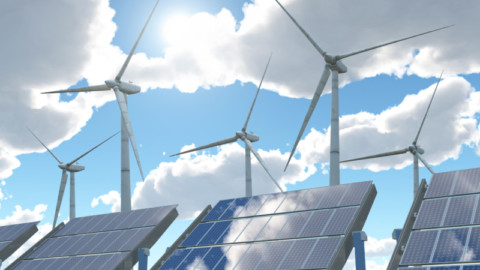The Clean Energy Council has released figures that show more than $20 billion of investment is now committed across the country in renewable energy and storage projects.
Currently, 14.6GW of new renewable energy projects are under construction. Making conservative adjustments for average capacity factor of wind and solar production, this is equivalent to more than four times the energy output of the Liddell Power Station.
Clean Energy Council Chief Executive, Kane Thornton, said 2018 was unquestionably a record year for the industry. More than 2 million homes now have solar panels, and over 80 wind and solar farms are now under constructed or about to start, he said.
“The total value of the projects underway is double where we were at the end of last year. Plus, the wind and solar projects completed in 2018 add up to $6 billion, taking the total of projects completed or underway this year to more than $26 billion,” Mr Thornton said.
“The skills and experience our industry has developed this decade allow new projects to be built more efficiently than ever before, helping to push down project costs and power prices. Along with the incentives provided by the Renewable Energy Target (RET) and state policies, wind, solar and storage have created an extraordinary opportunity for thousands of people in regional parts of the country.
“More than 80 projects are being built which will deliver over $20 billion of investment and 13,000 direct jobs. It really is an amazing time for this industry.”
The biggest winners from the $20 billion worth of new renewable energy projects are:
- Queensland: $6.9 billion of investment, more than 4500 direct jobs and 5640MW of new capacity
- Victoria: $5.2 billion of investment, more than 3800 direct jobs and 3400MW
- New South Wales: $4.3 billion of investment, more than 2100 direct jobs and 3500MW
Despite the record result, Mr Thornton said the billion-dollar economic boom from renewable energy in regional Australia could come to an end if the energy policy debate is left to languish unresolved.
“While new investment no longer requires subsidy, it does require long-term energy policy certainty. As the year closes, we are no closer to national, bipartisan energy and climate policy. If anything we are further away than when we started,” Mr Thornton said.
“States and territories have stepped in to fill the void with their own initiatives to encourage jobs and investment in new clean energy. But there remains a clear vacuum of federal energy policy in Australia.”
















